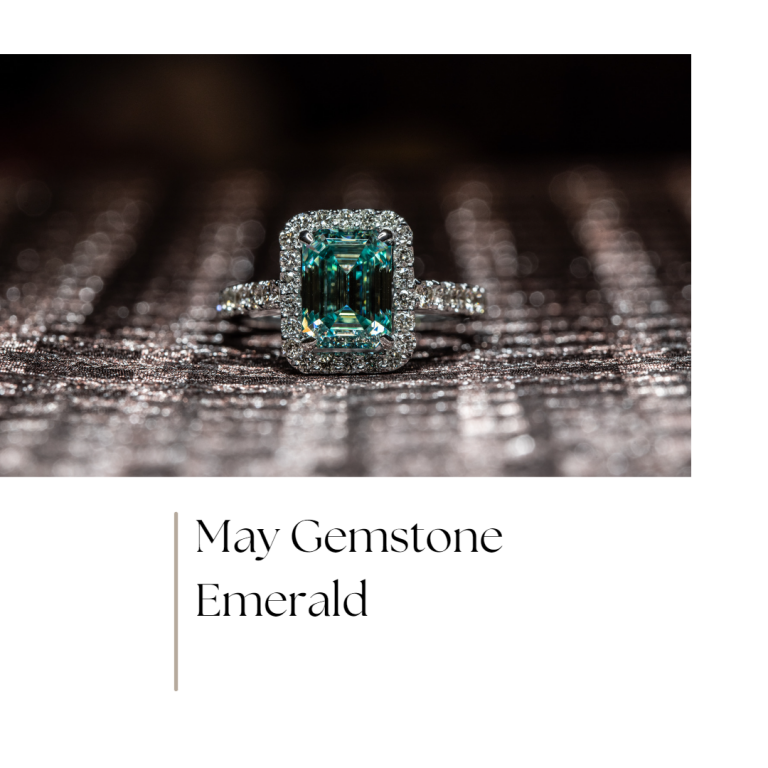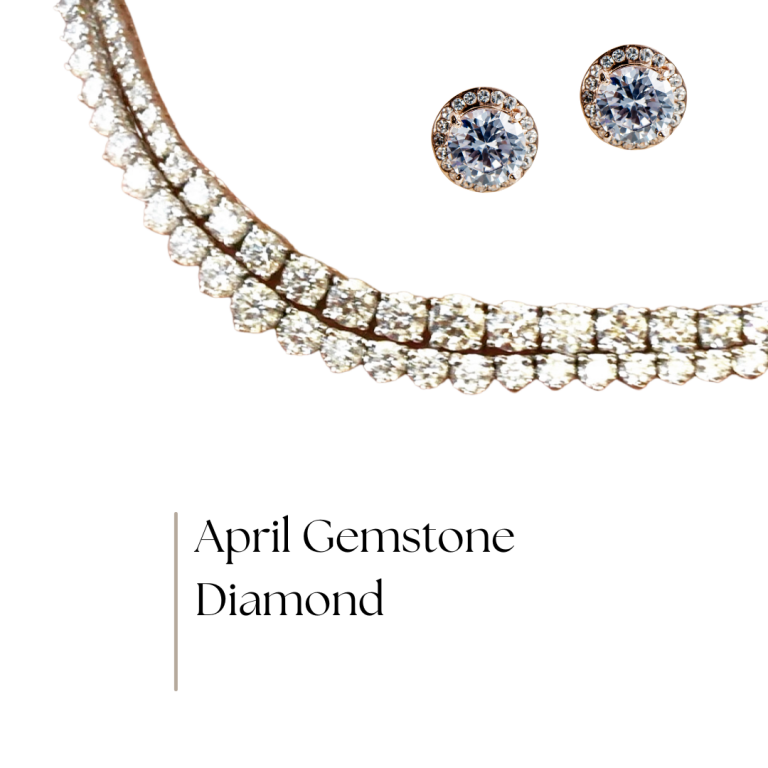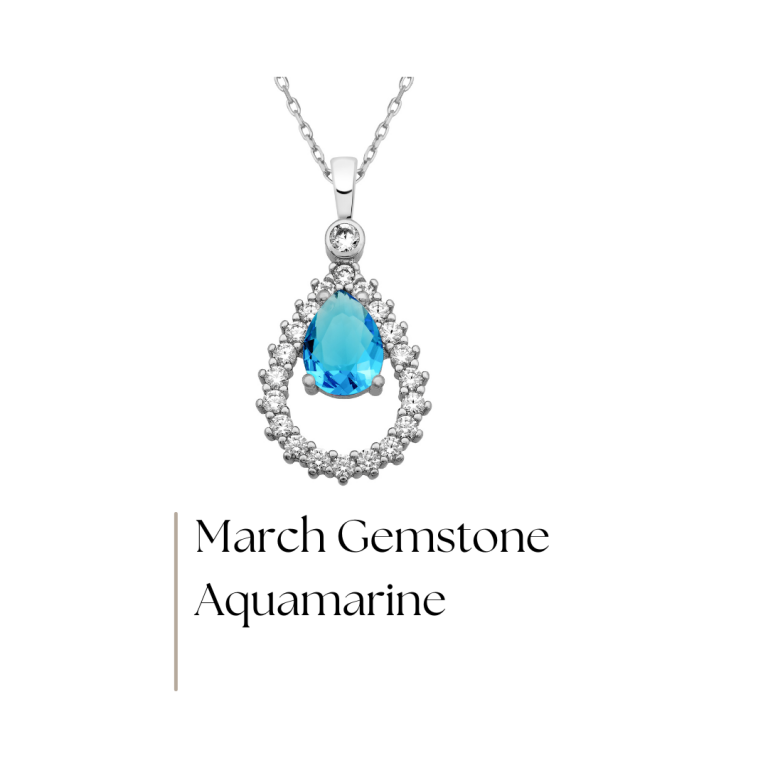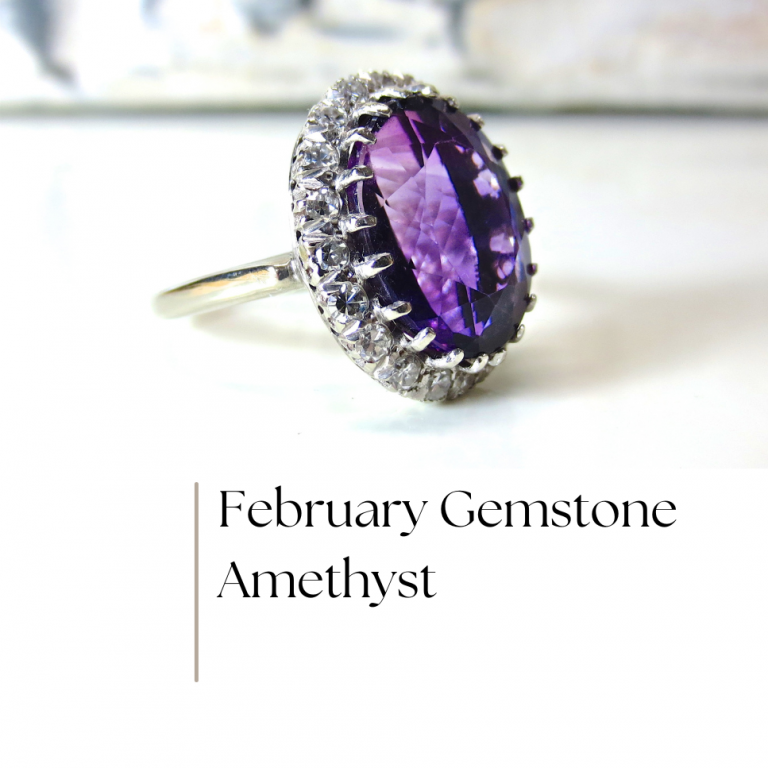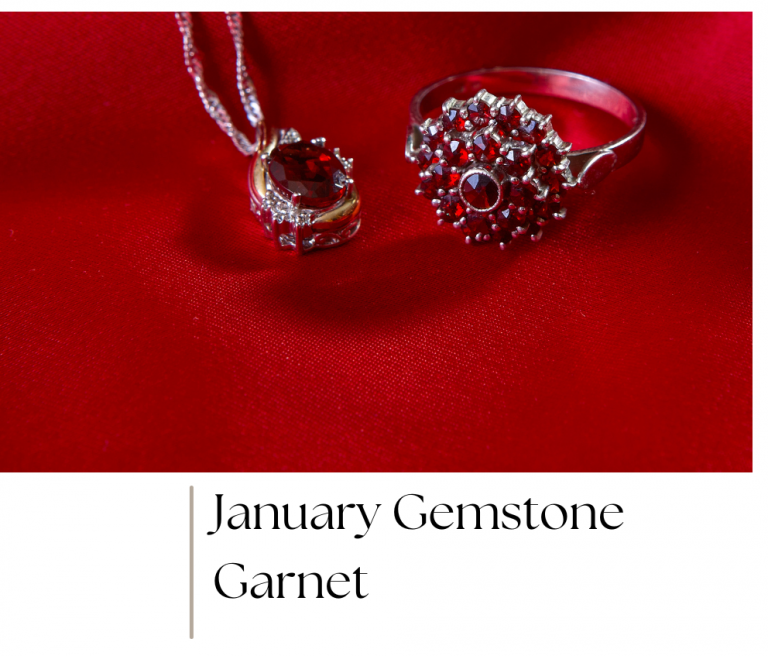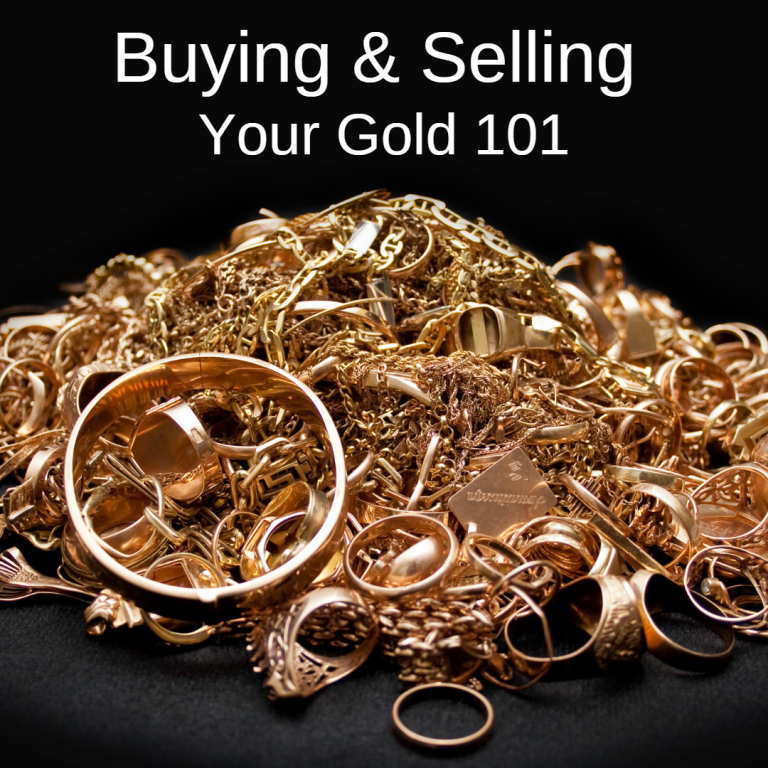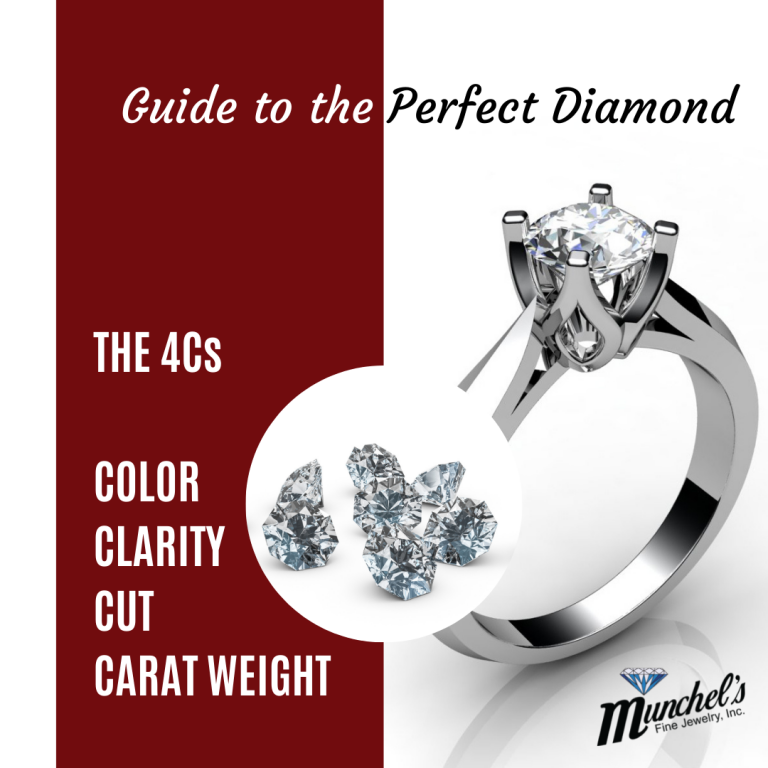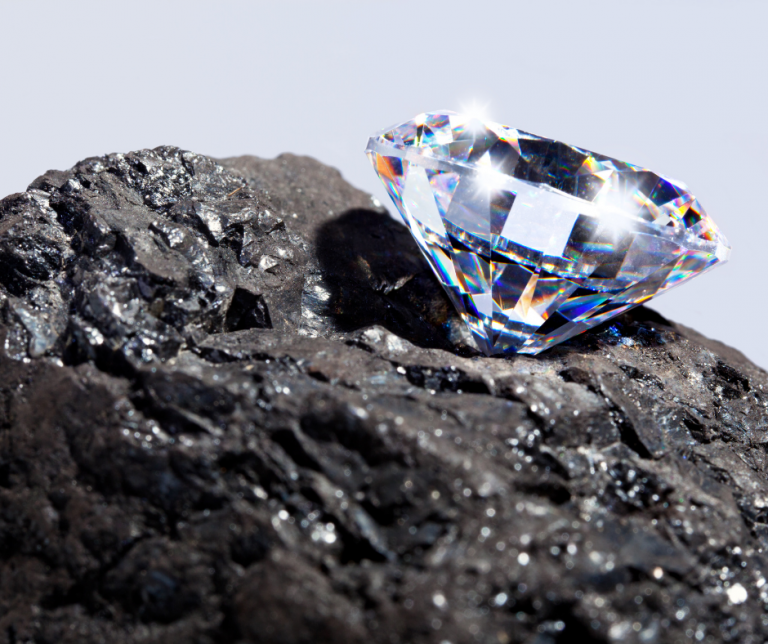June's Captivating Trio
Unveiling the Radiance of Alexandrite, Pearl, and Moonstone
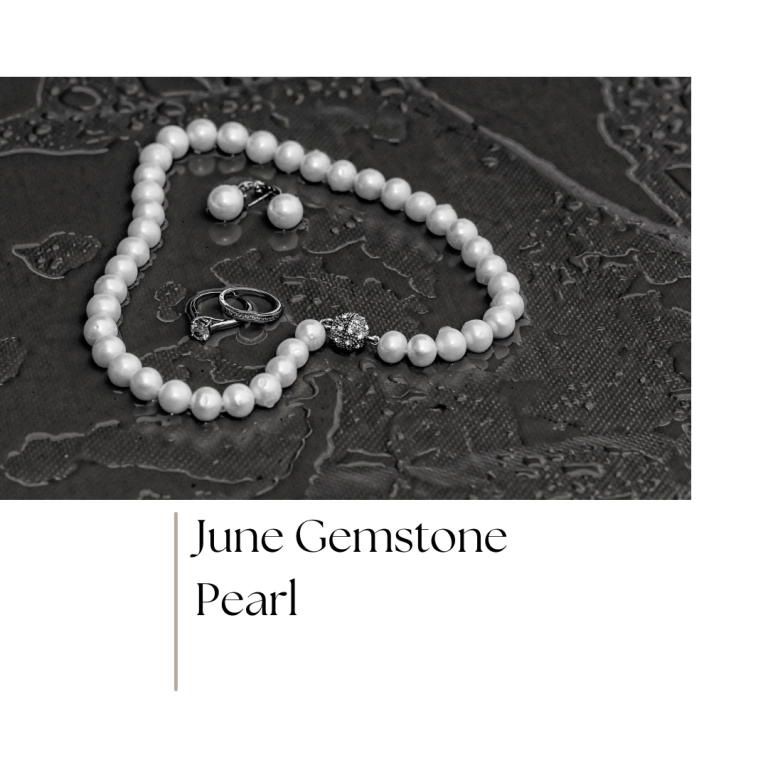
As we step into the month of June, we are welcomed by a dazzling array of gemstones, each possessing its own unique allure. June is fortunate to have not just one, but three exquisite birthstones – alexandrite, pearl, and moonstone. In this blog post, we’ll embark on a journey to discover the captivating stories, properties, and symbolism behind these three gemstones that grace the month of June.
The Gemstones for June
Alexandrite
Known for its remarkable color-changing properties, this gemstone never fails to astonish. From its association with joy and good fortune to its representation of duality and transformation, alexandrite unveils a world of beauty and mystery. The process of mining alexandrite involves several stages, including prospecting, exploration, extraction, and processing.
Pearl
Pearls have captivated humanity for centuries. Delicate, lustrous, timeless, and sophisticated, pearls hold a special place in the hearts of many. Pearls have been treasured throughout history as symbols of purity, wisdom, and love.
Pearls are not actually mined like gemstones or minerals. Instead, they are produced by living organisms known as mollusks, particularly certain species of oysters and mussels. The process of pearl formation occurs naturally within these mollusks in bodies of water such as rivers, lakes, and oceans.
Moonstone
With its glow and enchanting play of colors, moonstone evokes a sense of magic and mystery. There is a lot of mythology and folklore surrounding this gemstone, due to its metaphysical properties. Moonstone is a gemstone variety of the mineral feldspar, which is primarily composed of potassium aluminum silicate. Unlike traditional mining methods used for metallic minerals, moonstone is typically not mined from underground deposits. Instead, moonstone is usually obtained through surface mining and quarrying processes.
Fast Facts About Alexandrite Gemstones
- Alexandrite is renowned for its remarkable color-changing properties. It can exhibit a green or bluish-green hue in daylight or fluorescent light, but under incandescent light or candlelight, it transforms into a vibrant red or purplish-red color. This unique phenomenon is known as the “alexandrite effect.”
- Alexandrite is considered one of the rarest and most valuable gemstones in the world. It is scarce in nature, and high-quality alexandrite gemstones that change in color demand high prices in the marketplace.
- Alexandrite was named after Tsar Alexander II of Russia, as it was discovered in the Ural Mountains of Russia in the 1830s on the day of his birthday. It quickly became the national gemstone of Russia and was highly cherished by the Russian nobility.
- Alexandrite is considered the gemstone for the 55th wedding anniversary.
Fast Facts About Pearls
- Unlike most gemstones, which are mineral-based, pearls are unique as they are organic gemstones formed within living organisms. Specifically, pearls are created inside certain species of oysters and mussels. This makes pearls one of the few gemstones that are derived from living creatures.
- Pearls come in a wide range of colors and shapes, offering a diverse array of options. While white and cream-colored pearls are the most well-known, pearls can also be found in shades of black, pink, lavender, blue, and even golden hues. Additionally, pearls can have various shapes, including round, semi-round, drop-shaped, button-shaped, and baroque (irregular) forms.
- Pearls have been associated with various symbolic meanings throughout history. They are often considered a symbol of purity, innocence, and femininity.
- In many cultures, pearls have represented wisdom, enlightenment, and a connection to the divine. Their soft and lustrous appearance has often been associated with the moon, further enhancing their symbolic significance.
Fast Facts About Moonstone Gemstones
- Moonstones are known for their unique optical phenomenon called adularescence. Adularescence is the shimmering or glowing effect that appears to move across the surface of the gemstone. It creates a captivating light reminiscent of moonlight, which is how moonstones got their name. This phenomenon is caused by the scattering of light within the stone.
- Moonstones were believed to bring good fortune, enhance intuition, and promote emotional harmony. In some traditions, moonstones were even thought to have connections to lunar deities.
- While moonstones are commonly associated with a milky white or bluish-white color, they actually come in a variety of colors. Moonstones can range from colorless to gray, peach, green, and even a rare and highly valued blue.
- Moonstones are found in several locations around the world, including Sri Lanka, India, Myanmar, Madagascar, and the United States.
June truly is a month adorned with an extraordinary trio of gemstones – alexandrite, pearl, and moonstone. Their individual beauty, symbolism, and rich histories make them a true delight for gemstone enthusiasts and jewelry lovers alike. Whether you’re celebrating a June birthday or simply drawn to their enchanting qualities, these gemstones have a way of captivating our hearts and sparking our imagination.
Looking for a one-of-a-kind alexandrite, pearl, or moonstone item? You can count on us. With an extensive and exclusive selection of gemstones and fine jewelry, Munchel’s Fine Jewelry can help you eliminate the guesswork and find the perfect piece.
About Munchel’s Fine Jewelry
Munchel’s Fine Jewelry Inc. is a family owned and operated business. We have been proudly serving Central Florida with quality jewelry and services for over three decades. Our commitment and dedication to our customers is what sets us apart. We offer a large selection of jewelry and collectible items, including coins, watches, lockets, and necklaces. In addition, we also buy, sell, and trade many types of timeless pieces. For more information, please contact us at (863) 619-6269 or visit our website at Munchels.com/.

